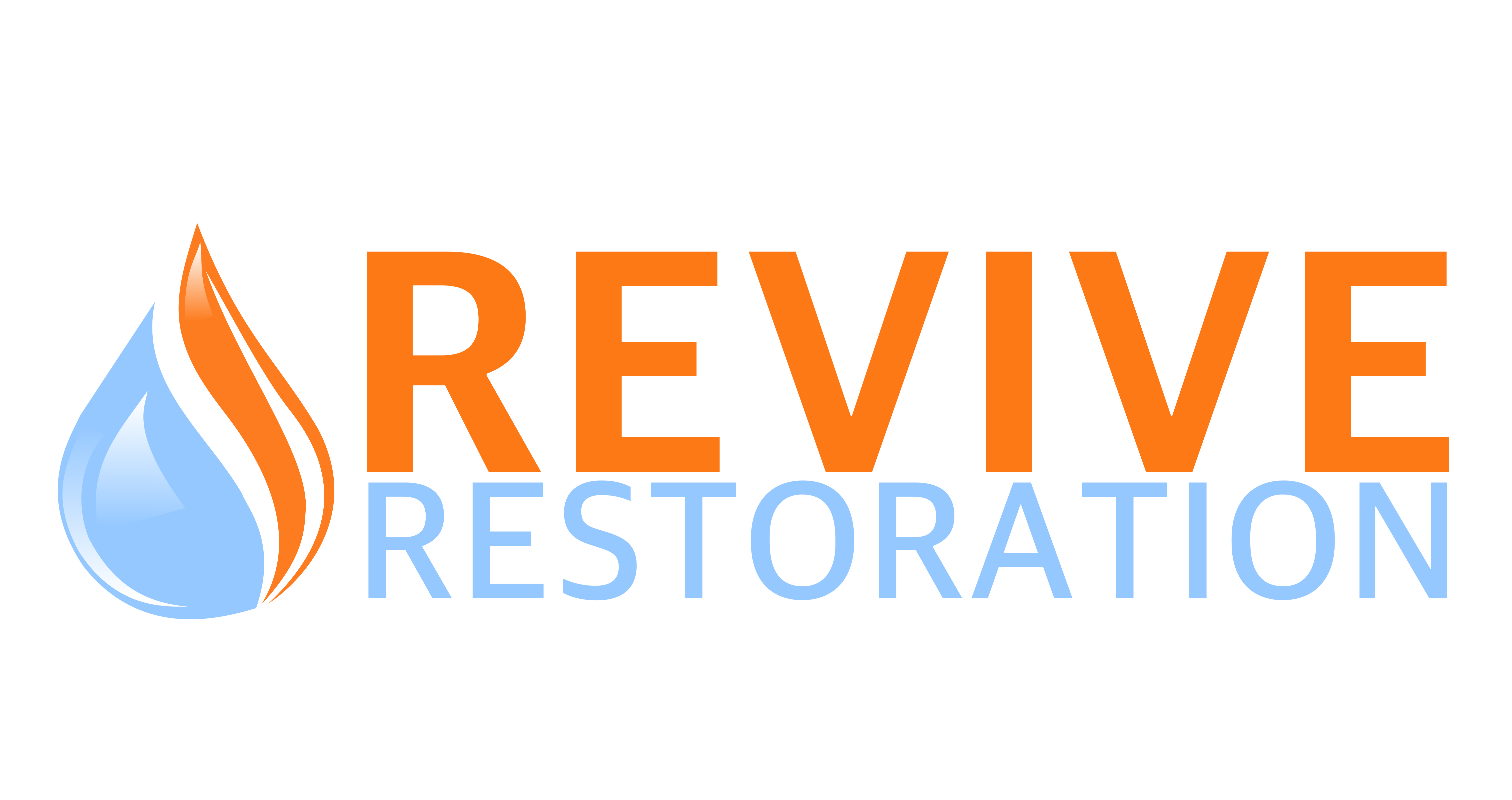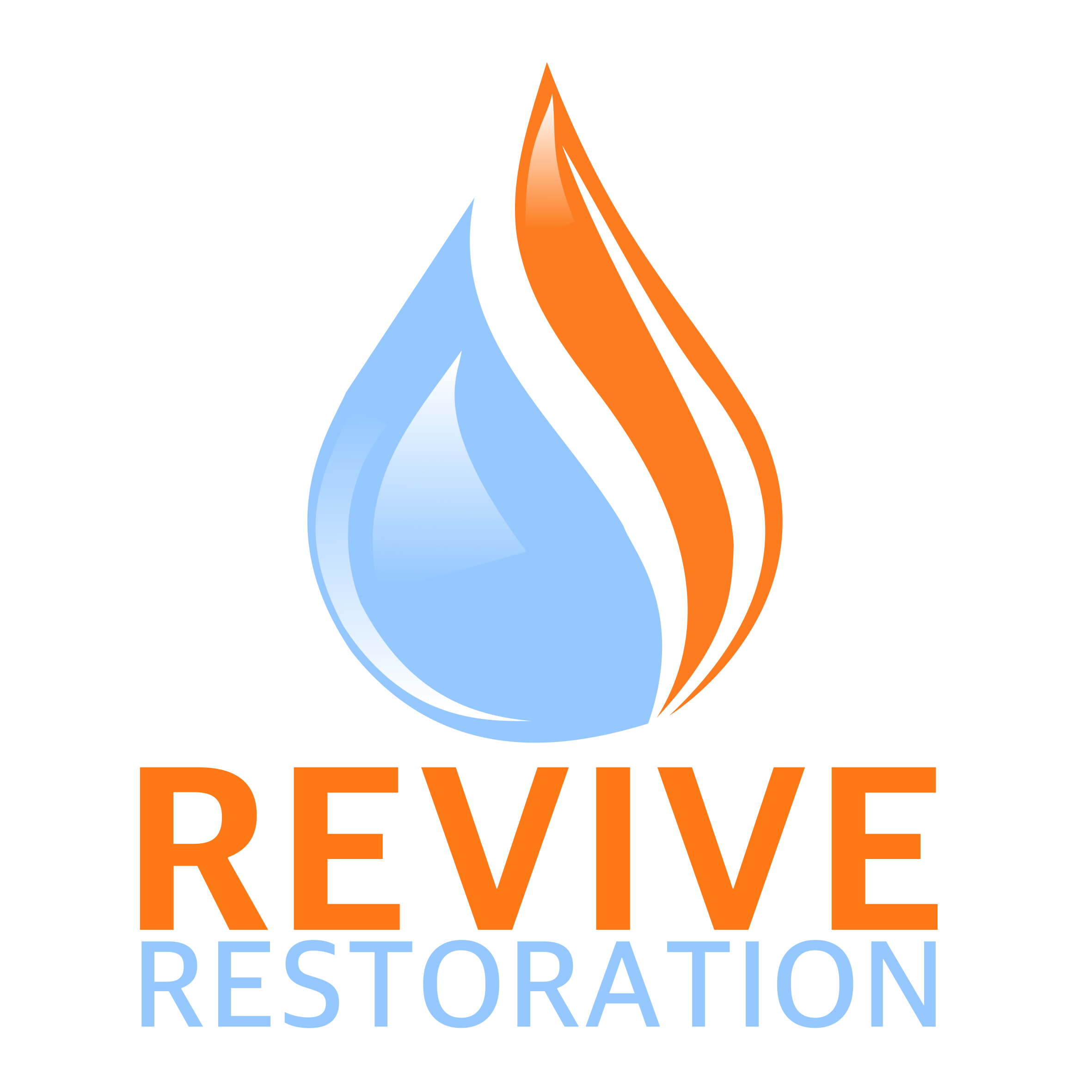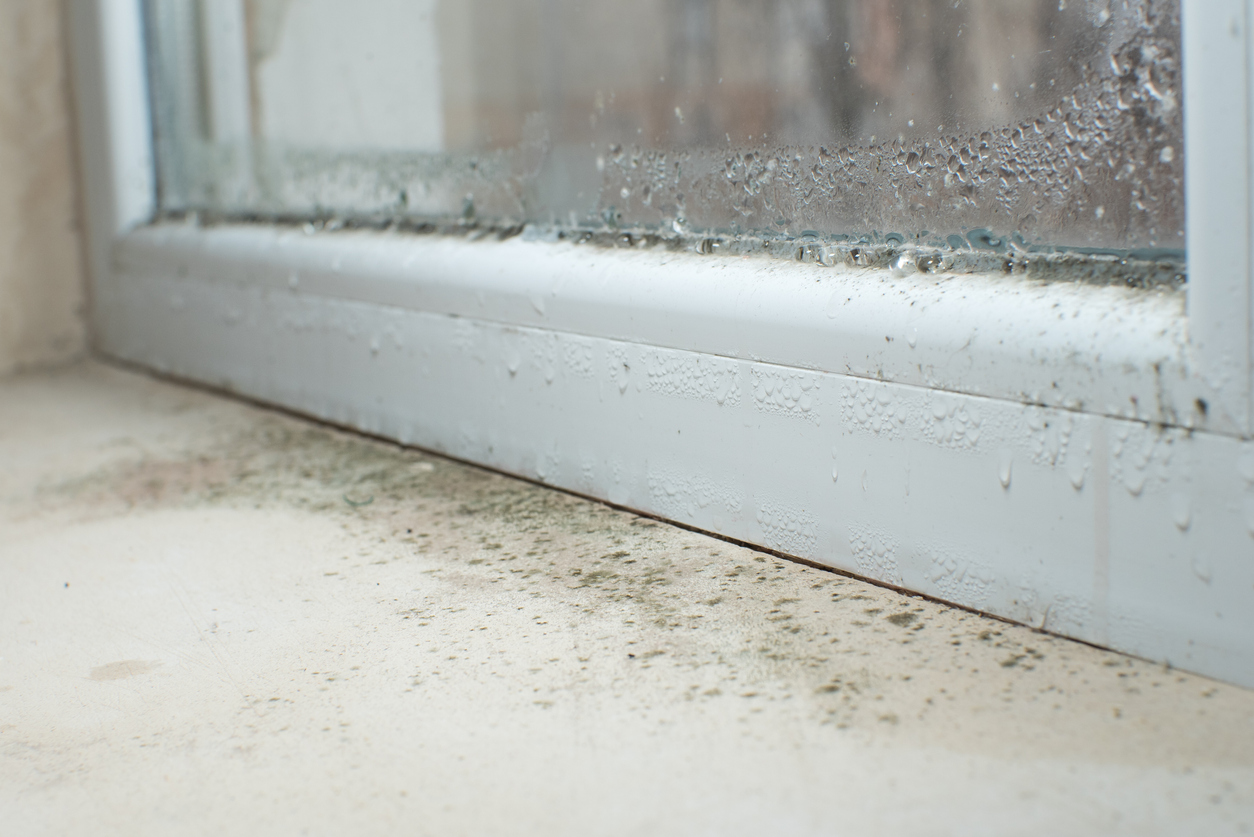What You Should Know About Toxic Black Mold?
Toxic black mold, also known as Stachybotrys chartarum, produces mycotoxins which can cause a range of health problems when inhaled or ingested. These can include allergic reactions, respiratory issues, and neurological symptoms. However, black mold is not inherently more toxic than other types of mold, and not all strains of Stachybotrys produce mycotoxins. Addressing mold growth immediately, irrespective of its color or variety, is crucial. It is advisable to seek expert assistance for its correct removal. Prevention methods include controlling moisture levels in the home and promptly addressing any water damage.
Black mold has become a hot topic in recent years due to widespread media coverage and claims of its toxicity. However, not all black molds are toxic, and the ones that are can be harmful, resulting in a range of health effects.
6 Facts to Know about Toxic Black Mold
1. Black Mold
Stachybotrys chart arum is the type of black mold commonly referred to as “toxic”. This mold is greenish-black in color and typically grows in damp environments, such as in homes with water damage.
2. Health Effects
Being in contact with harmful black mold can lead to various health consequences, such as breathing problems, migraines, tiredness, and skin irritations.
3. Not all black molds are toxic
Not all black molds are toxic. Actually, many types of mold are black but do not pose a considered harm. It is essential to identify the type of mold present before taking any action.
4. Moisture is the cause
Toxic black mold is a symptom of a moisture problem. It is vital to address the source of the moisture, such as a leaky pipe or water damage, to prevent the growth of mold.
5. Professional Removal
Toxic black mold removal should be left to professionals who have the proper equipment and training to handle the job safely. Attempting to remove the mold without the proper precautions can result in the spread of mold spores and increased health risks.
6. Prevention
Prevention is key when it comes to toxic black mold. Keep your home dry and well-ventilated, address any signs of water damage promptly, and monitor humidity levels to prevent the growth of mold.
In conclusion, while toxic black mold is a real concern, it is important to understand the facts and not be misled by media hype. Addressing moisture problems and seeking professional help when necessary can help prevent the growth of mold and protect your health.
According to CDC, people who are sensitive to mold may experience stuffy nose, irritated eyes, wheezing, or skin irritation.
“Toxic black mold is a major cause of illness” – originated with the Centers for Disease Control and Prevention. (CDC).”
For more information about mold and health, check here.
Colorado Mold Damage Service
If you suspect toxic black mold in your home, you should take immediate action by contacting us at Revive Restoration, we are here to help you. Attempting to remove the mold on your own can be dangerous and lead to further spread of spores. The area should be isolated to prevent further contamination, and the source of the moisture that is feeding the mold should be identified and addressed. It is also important to check for any health symptoms that may have been caused by the mold and seek medical attention as needed.


